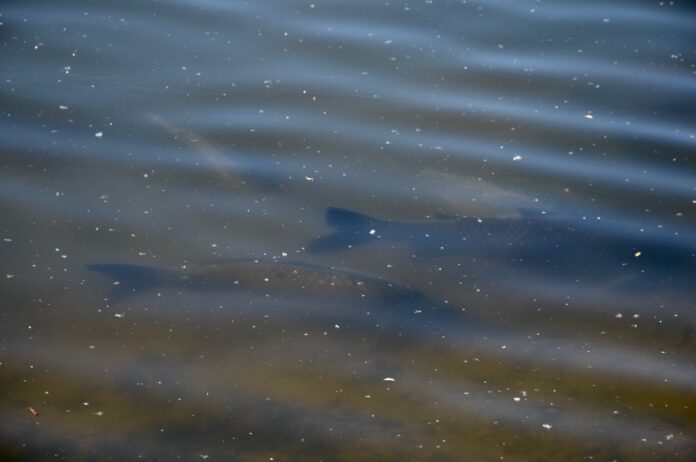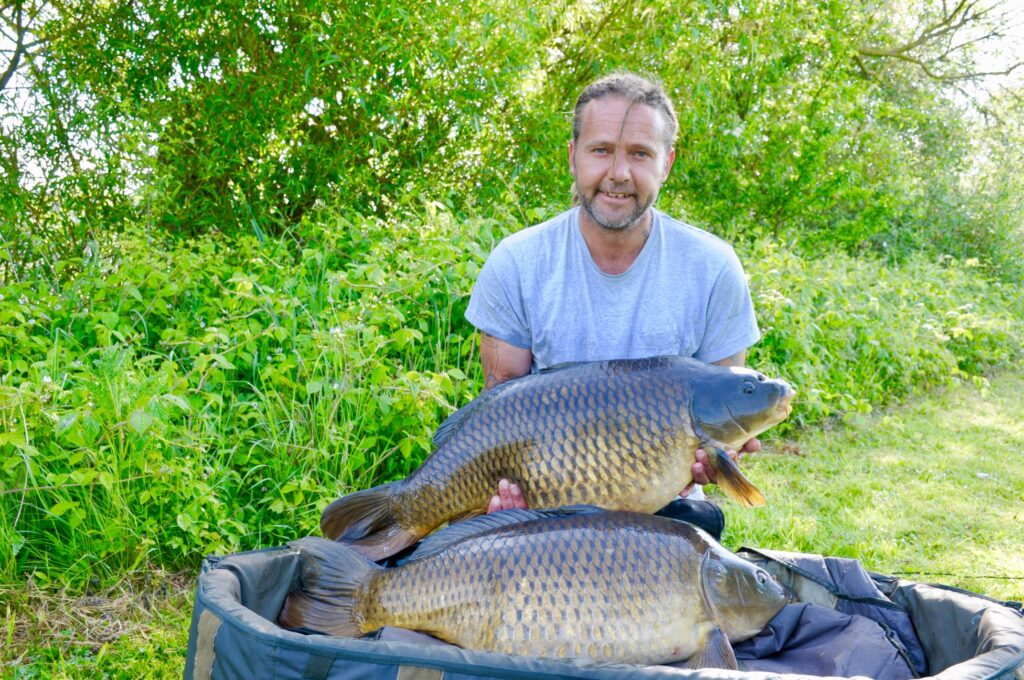STRATEGISING
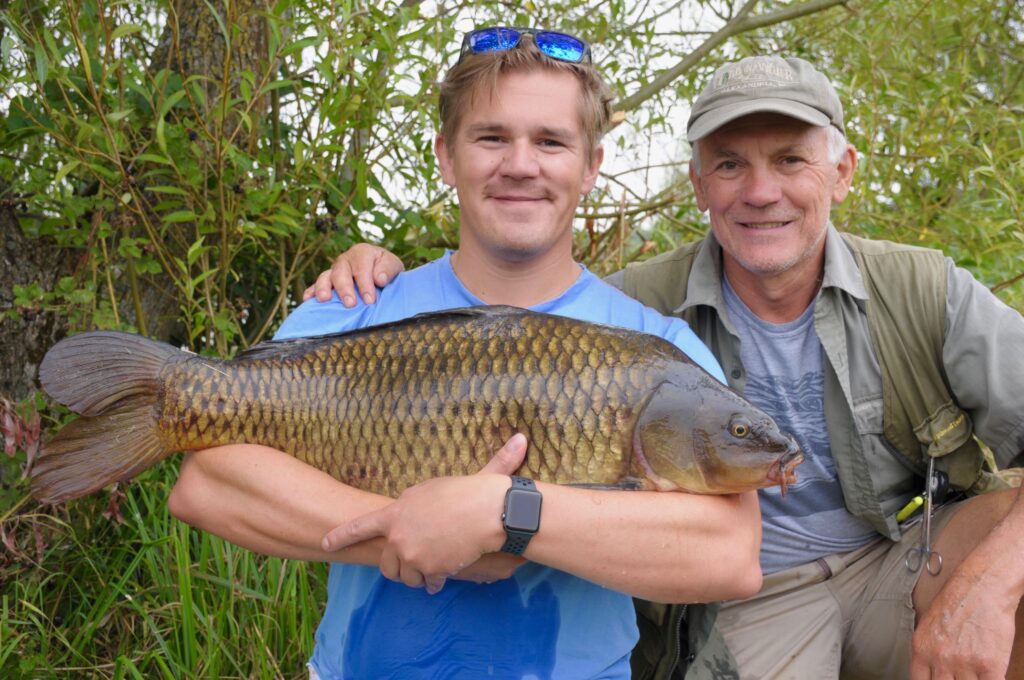

common success in under two hours of careful plotting
Many years ago, I was filming on an estate lake for Discovery when a large carp appeared on the surface in front of me and the crew. It looked in excess of thirty, and well engrossed in slurping floating food items. Although I was aiming for tench, I had carp gear with me and fired out a few biscuits. I threw up a rod with controller float when I realised the fish had gone down and was silting in about five feet of water. In manic despair, I took down the top rod and set up with a float and sweetcorn. By that time, the carp was showing again, took down all the biscuits and before I could reassemble a third time, disappeared. What a cock-up. What a complete bungle.
The late Robert Shanks, carp catcher and Norfolk tackle dealer, was much mourned by all for his kindness and for the time he took with all of us. I loved the guy as a strategiser. Rob had a busy life, a family, and his visits to the water were short ones, and he had to make the best use of his time. He knew that one cast a session would produce the fish he wanted if he got that cast right. I often watched him in action, moving slowly, carefully, glued to what the lake would be telling him. If he had three hours, he might take all but fifteen minutes of that time before his bait went out but, more often than not, I saw him catch. That is what a Master Strategist is all about: as Baldrick said, it is all about having a cunning plan.
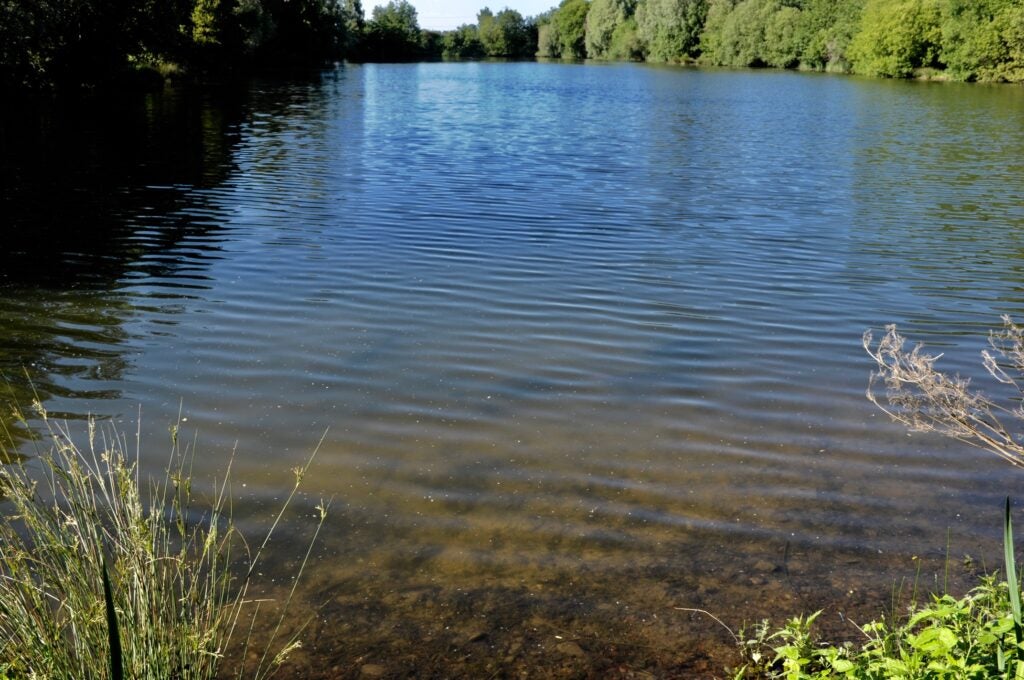

You see reeds shaking as a carp pushes amongst them? Which way is it moving? Would a natural, like a lobworm, be the right bait? Would that be best presented under a float or freelined? What line do you need to get the fish away from the snags? Indeed, how big do you reckon the carp is, because that makes a difference of course.
There’s a fish slowly cruising six inches under the surface. Watch ’till you have an idea of its patrol route. Do you put a floater to it? How far in front of it should that floater be placed? Too close and the fish spooks. Too far away and it might not sense it. Or indeed, would a bait sinking in front of it be a better bet, especially as the water there is only three feet deep?
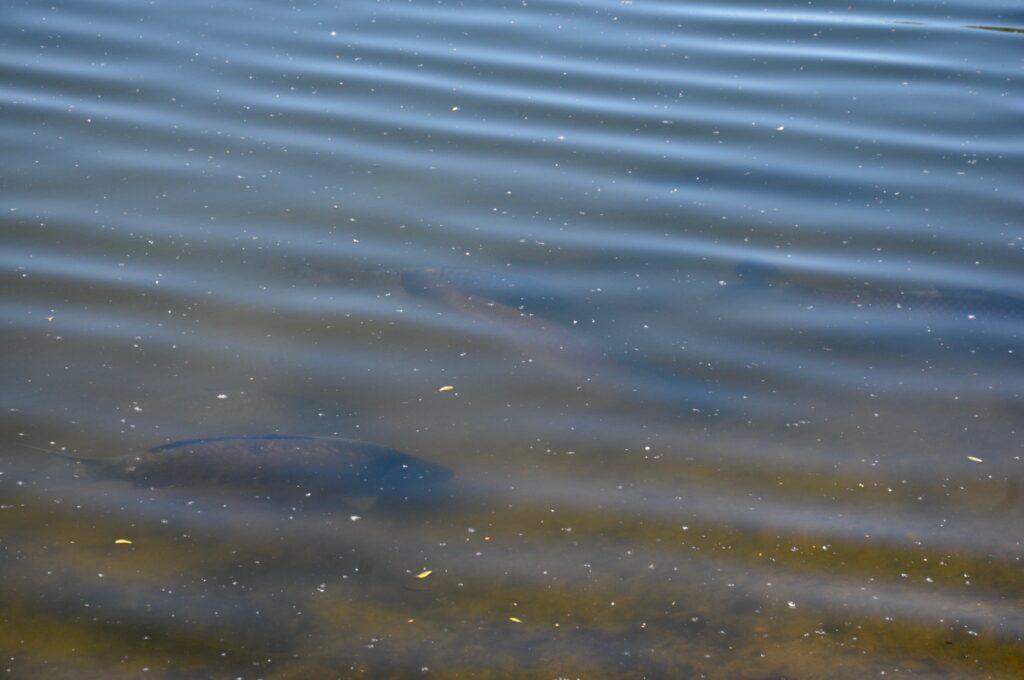

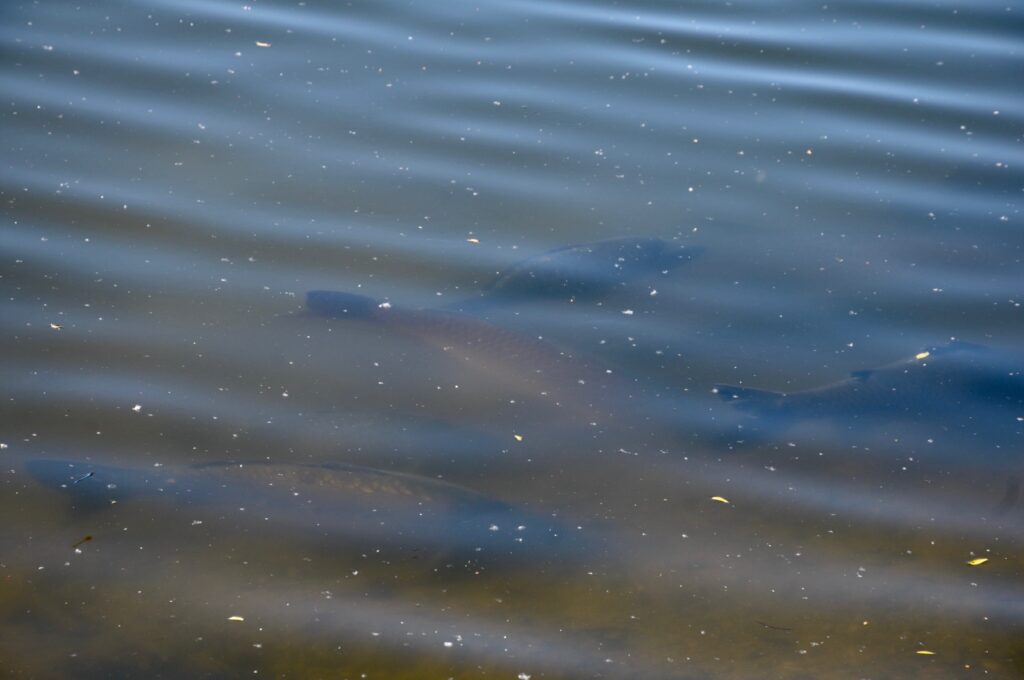

It’s early doors and two carp are grubbing away in a small shallow bay, probably after bloodworm. If they are fixated on small food items, might particle baits like maggots be the way to go? Can you get a pint of reds out, and convince the fish to feed on them? Do you use a tiny float for indication? As the water is shallow, would that float be better uncocked, looking like a broken reed stem? Three natural maggots on a size 14? Three naturals on a 12 and four artificials hair-rigged off it to give buoyancy?
There is just a bit of action down by the bridge. A few bubbles are coming up every thirty seconds or so. They are large and show no real pattern. Are they simply bottom gases? Are they bream or tench? There’s a slight vortex on the water, so it is a fish and then, after ten minutes of watching, you see the broad back of a near-twenty common. Do you put any loose bait in? Do you just drop in a single boilie perhaps? Will a heavy lead set-up spook the fish going in? Can you freeline and watch the line to draw tight on a take? How about touch legering? It’s not just a river technique, remember.
You can’t see much at all. What is all this strategising stuff about, you think? Crush up thirty boilies and wander the quiet bank of a lake, introducing handfuls here and there, especially under overhanging trees. Bait five or six dark, moody spots, and keep coming back to them, perhaps with binoculars for a really good look. Any sign whatsoever of action over the baited area? Just a bubble, a shift in the water surface, a puff of silt, that’s all the telling you need to catch that carp of yours.
Get your strategies right and believe me, it’s a case of ‘Dolly strikes again’!










